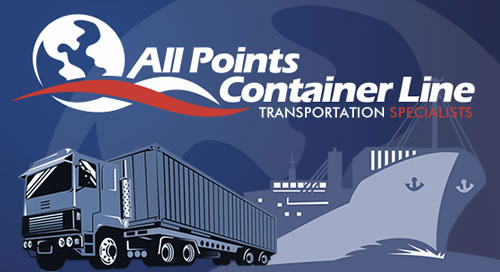The roots of containerization began in the ’50s and were spearheaded by the American entrepreneur Malcolm McLean. Malcolm was looking for ways to get cargo loaded onto vessels quickly and efficiently. No one knew that by 2022, container shipping would be responsible for 90% of non-bulk cargo!
35 Years of Supplying IT Solutions
In 2002, Exis Technologies will celebrate 35 years in supplying IT solutions. This includes the management of dangerous goods in all areas of transport and helping shippers comply with regulations. The paper-based shipping methods of days gone by were time-consuming and required lots of training and education. Dangerous goods shipping is complicated enough without worrying about workers not being adequately trained on paper-based shipping. If a worker didn’t know what they were doing, the results could be disastrous.
The Introduction of the IMDG Code
In the late 80s, the IMDG (produced by the International Maritime Organization) was only available in book format. The widespread use of digital solutions wasn’t common in the shipping industry. Everything changed after the first digital dangerous good list database was created at Exis. Useful look-up tools and resources sped up operations. By the ’90s, Exis was a hub of digital solutions they created themselves.
The Advancement of Container Shipping
Digital solutions are crucial in allowing businesses to keep up with container shipping’s evolution in the logistics industry. Shipping containers have gone from carrying around 4,600 TEU to up to 24,000 TEU capacity. These kinds of advancements over the last 35 years have had a transformative effect on many shipping components. The size of vessels and port infrastructure has evolved to meet the demands of larger capacity containers. It also continues to influence road and rail network development globally.
2022 should be another exciting year in the world of shipping containers!

